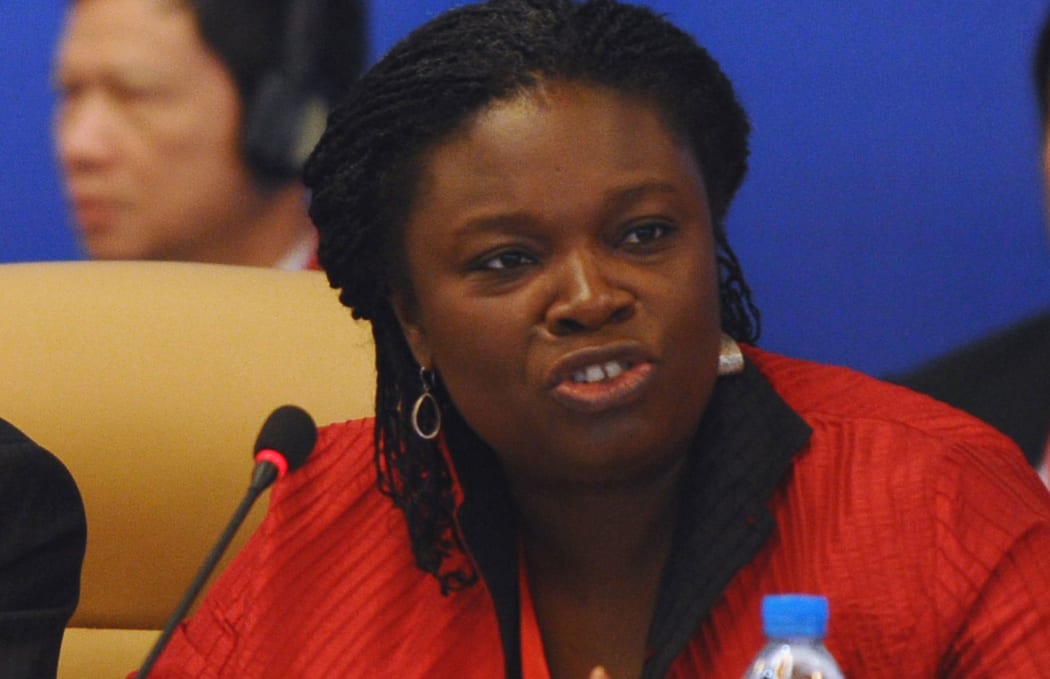Pacific countries stand to benefit from an almost tripling of financial support from the World Bank to the region in its next development funding cycle, beginning in July.
The International Development Association, the bank's fund for the world's most in need countries, spent $US360 million in the Pacific in 2015 and this will increase this to $US900 million next year.
World Bank vice president for East Asia and the Pacific, Victoria Kwakwa told Koroi Hawkins all of the bank's Pacific island partners will benefit from the increase.

Victoria Kwakwa
Photo: AFP
Transcript
VICTORIA KWAKWA: What we are realising is that the development financing needs of low income countries is significant, the problems are bigger than before and particularly when you look at small states the challenges continue to grow. And so it calls for a renewed effort and stronger commitment to help tackle these challenges. But it also reflects, based on these renewed commitment creativity in finding new sources of financing and this is what we've done with this round of IDA, which for the first time our 56 year history is blending direst donor contributions with resources raised on professional comfortable markets.
KOROI HAWKINS: What focus areas and which countries will most likely to benefit from the increase in the Pacific?
VK : All of our Pacific island clients will see an increase. The increase is largest in countries like Solomon Islands, Papua New Guinea, Tuvalu, and others that are classified as being fragile and proportionally the smaller islands will see a bigger increase.
KH: Are there some specific examples from some countries in the region, I understand you've been visiting some in the past few days?
VK: Yip, so I just gave the example of Vanuatu. In Vanuatu where the government wants to focus a considerable part of the increased funding is in their aviation sector to help strengthen their capacity to promote tourism as an area of growth for the economy. In Papua New Guinea, the focus is, to some extent, on helping the country meet its desire to rapidly increase access to electrification, as you know electrification rates in Papua New Guinea are very low - around 13 percent. So making a major change and scale up in access [to] electricity if we can work on a programme that's allows them to do that. In Samoa I'm going to be discussing to see what the government's priorities are, but generally, they are around areas to show off their macroeconomics resilience, to continue the work on climate and invest in the work on infrastructure that primates growth. So these are some of areas we will be getting fees, funding and support under IDA.
To embed this content on your own webpage, cut and paste the following:
See terms of use.


